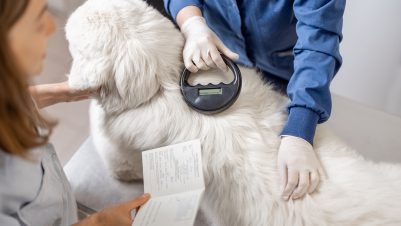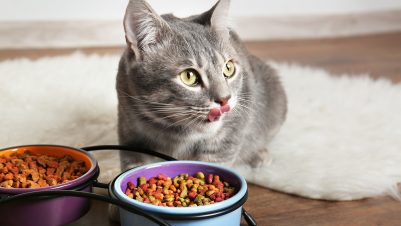As the largest study of its kind, these findings identify several key areas through which the welfare of these animals can be improved and highlight the value of greater awareness amongst owners and veterinary teams to ensure the wellbeing of these species is protected.
Tortoises, terrapins and turtles, collectively known as chelonia species, have historically been imported in large numbers to the UK. However, there has been very little research on these species as commonly kept pets, meaning they are often housed in unsuitable environments and looked after inappropriately where they can survive but not thrive.
While considered low maintenance pets by many owners, tortoises especially are often presented to primary care veterinarians with health issues. The team of researchers within the RVC’s VetCompass Programme therefore reviewed anonymised medical records to report on the types of species presented, their diagnosed disorders and their recorded mortality.
From the 2,040 chelonia reviewed, 94.26 percent were recorded as tortoises, 3.63 percent terrapins and 2.11 percent turtles. The most common tortoise species were Hermann’s tortoise, Horsfield’s tortoise and Mediterranean spur-thighed tortoise, while the most common terrapin species were musk turtle and yellow belly slider.
The study found that the most common disorders in tortoises were beak abnormality, overgrown nails and shell abnormality, while the most common disorders in terrapins were top and bottom shell abnormalities. Most of these disorders are externally visible and therefore, facilitate recognition and diagnosis. These disorders also often correspond with inappropriate husbandry but can also be related to internal diseases that are harder to identify and diagnose in these species.
Evolutionary survival has ensured that chelonians are good at hiding internal disease, and therefore this research highlights that greater owner awareness and yearly veterinary health checks are important to ensure diseases are diagnosed promptly and, when possible, treated.
Additionally, during the study period, death information was recorded for 9.90 percent of the chelonia. Despite some tortoise species being capable of living up to 100 years, the average age at death in the current study was only 7.32 years, suggesting that many of these animals are dying prematurely.
Dr Jessica May Hornby, exotic veterinary surgeon and lead author of the study, said: “This research has provided us with a base to start to understand what veterinarians are currently seeing in practice and therefore give an insight into the health of the chelonian population. People are no longer only keeping the more common species of pets, such as dogs and cats, so this data is vital to understanding where and how owners and veterinarians need further support and training to ensure these brilliant little guys get the veterinary care they need, especially when many should easily be outliving us!”






